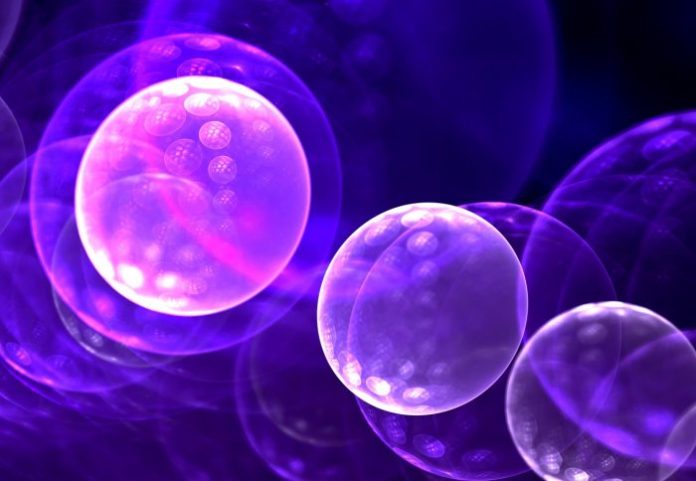A new research center called FABICELL’s been launched in London that brings together more than 30 different research groups in an attempt to boost the world of artificial cell science. As well as offering both formal and informal education and research opportunities, it will consist of a number of labs across both Imperial and Kings.
“Working across London is really important. To make the most of this opportunity, we need to work closely and effectively together. With this in mind, it’s encouraging to see the plans and ambitions of FABRICELL. It’s a great mix of basic science twinned with innovation,” said Professor Nick Jennings.
The reason why scientists want to design new cells from scratch is to enable them to gain a deeper understanding as to how cells work, as well as allowing them to attempt to create smart micromachines. Members are hopeful the new cells will be able to perform specified functions that happen in real cells, such as replication or environmental sensing.
FABRICA is what you’ll find at the heart of FABRICELL, and is a community run prototyping workspace. It’s due to open in early 2018 at the Molecular Sciences Research Hub and will look to run hackathons in collaboration with the Imperial College Advanced Hackspace as well as launching a new joint Masters in artificial cell Science.
“It’s a great mix of basic science twinned with innovation,” says Professor Nick Jennings. At FABRICELL’s launch, three speakers talked through the scientific background of the development of the artificial cells and how they are progressing today. Professor Lee Cronin, Regius Professor of Chemistry at the University of Glasgow, talked about the experiments his lab’s conducted with liquid droplets that simulate early life component movements. On top of that, he discussed what kind of biomolecules would be considered to be proof of life on other planets.
Professor Patricia Bassereau, from the Institut Curie in Paris discussed how biosystems function and talked through her team’s experiments of where they seek to recreate cellular biomembranes. The final speaker was Professor Jack Szostak from Harvard Medical School. He discussed how his work is spurred on by the question: is there life beyond Earth?
Professor Szostak went on to talk about his own team’s experiments and explained how many of the fundamental processes necessary for life can be recreated. While there is still a lot we don’t know, what Szostak did say is: “There are a lot of steps we thought were hard because we didn’t know how they worked, but now we do know how they work, they look easy. There are still lots of steps to investigate. Everything looks hard that you don’t understand.”
More News to Read

